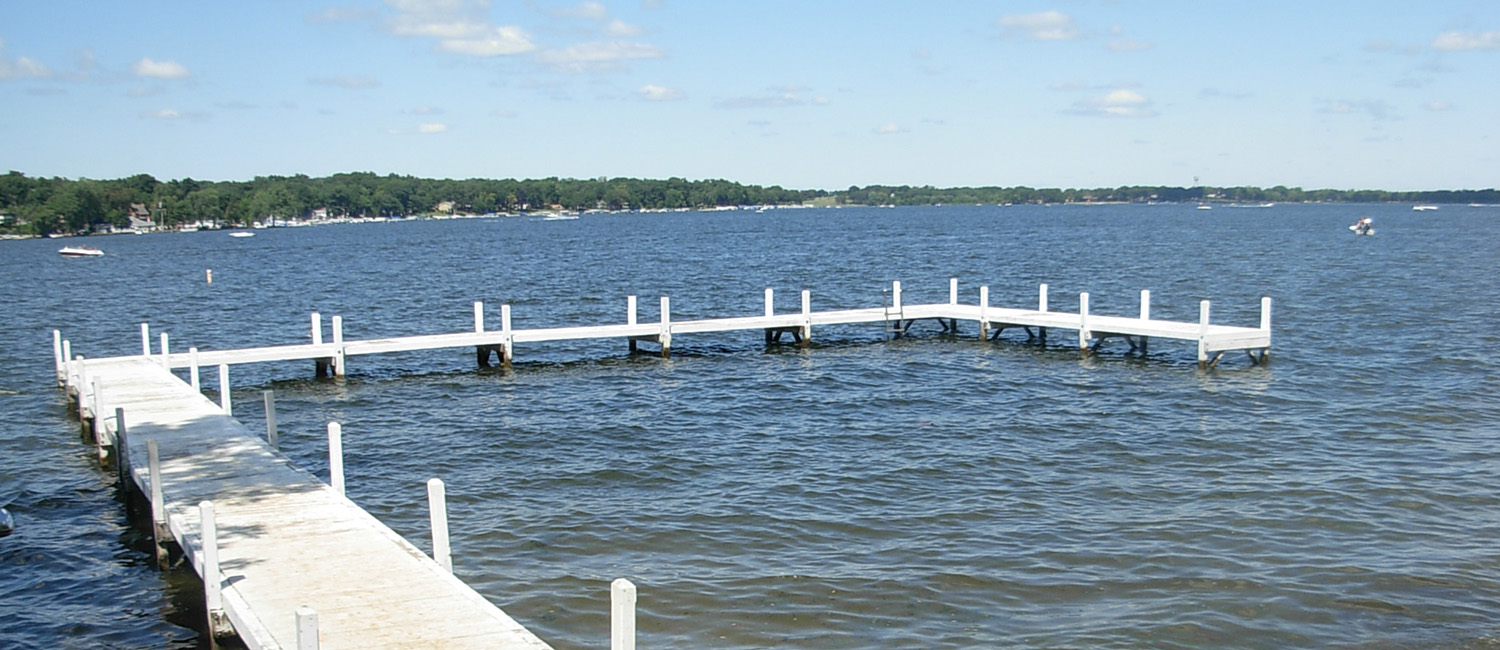Twelve Ways to Improve Your Neighborhood Right Now
The following list is intended to introduce the neighbor who has never participated in a crime prevention effort to simple steps that can be taken now to make a difference.
1. Report crime promptly. Neighbors sometimes don’t report criminal activity because they don’t want to bother the police, they assume police are too short-staffed to respond, or they believe that there isn’t much an officer can (or will) do about a given problem anyway. Whether the issue is graffiti, petty vandalism, or something much more serious, police cannot act without first hearing about the problem from you. Calling won’t guarantee that police can fix the problem, but failing to call can guarantee that they won’t. Also, don’t assume someone else has called. Make the call yourself.
2. Report nuisances and other noncriminal problems promptly. Examples: Junked cars on front lawns, abandoned autos in the streets, old mattresses left to rot in a backyard, garbage dumped illegally in a vacant lot. When you find yourself thinking, “someone ought to do something,” do something. Call code enforcement, non-emergency numbers, landlords, residents, local business owners, or any other person or agency that may have influence on the issue. Then call your neighbors and ask those who are also concerned about the issue to call and report as well. Then keep calling until the issue is resolved.
3. Take away the opportunity for crime.
Think about your home, your car, and even your lifestyle and ask what you could change to take away the opportunity for crime. Lock you car and never leave valuables, for a few minutes, in the car where would-be thieves might see them. Trim bushes or trees on your property that offer too-convenient hiding places. Also, trim where trees and bushes block a clear view of your front door and address from the street or make it difficult for a person to see out of windows in your home. In short, make your front porch visible and make sure your home looks like it has its “eyes” (windows) open.
4. Meet the youth who live on your block and greet them by name. This is one of the simplest steps an adult can take; yet it can make a profound difference should there be a future need for adults and young people to speak to each other in the midst of a neighborhood crisis. Also, it is difficult to help form a safe and supportive community for children without the adults and children knowing each other. Even those without children should know to whom the various children in the neighborhood belong. In this way, each adult is better able to help in an emergency and is better prepared to discuss problems immediately as they arise.
5. Make a list of the names and phone numbers of every neighbor on your block. Not just two neighbors – set a goal of at least 10 and preferably 20 or 30. Find almost any citizen who has turned around a problem block and you will find a citizen who really knows the people who live there. Did you grow up in a neighborhood where “everyone knew each other” and find that today your neighborhood isn’t like that? That’s true for many people. That’s not “society’s” fault. Instead, think of it as your own fault, and you can fix it. Unless you know neighbors’ names and numbers, you can’t call them about a concern or let them know about a neighborhood problem. Learn the names and phone numbers of your neighbors this weekend.
6. Make a list of landlords in your areas as well. As owners of property in the community, landlords are responsible to the neighborhood and most are rightly concerned about the health of the community in which their properties stand. You can find out the name and address of the person or organization that owns any property, including the rental house next door, by contacting your county tax assessor’s office. Do it today.
7. Turn your porch light on. Do this every night at dusk and keep it on till dawn. Crime tends to decline in neighborhoods that are well lit. Turning on porch lights is a simple way to start this process. It also makes the street feel more “welcome” to good residents who are out for a walk in the evening. It communicates a higher level of caring for the neighborhood by residents. This can become a daily routine or it can be accomplished by installing a timer. It is also immediate – while you wait for local government to install that new streetlight that everyone is asking for, go ahead and add a little more light yourself. Then encourage other neighbors to do the same.
8. Walk around the block. It sounds simple enough, but neighbors benefit over time when more responsible citizens walk about more, particularly for those who are comfortable doing it, at night, every night around their block. At minimum walk around the block, once every day, preferably at night if you feel comfortable doing so. Take a moment to chat with neighbors, including youth, when the opportunity arises.
9. Drive slowly on neighborhood streets.
While we often call for stop signs, lights, and speed bumps, we often forget that we can organize a means to slow down neighborhood traffic sooner. Remember that it is legal to drive a few miles per hour below the speed limit in your neighborhood. For example, if the speed limit is 25, try 20 instead. Regular slower driving on neighborhood side streets by multiple neighbors will dampen the desire of racers to use your street – it isn’t as fun to cut through a neighborhood if the likelihood of being stuck behind a car traveling at a more respectful pace has increased. Also, do it on every side street in the neighborhood, not just the one near your home.
10. Pick up the litter near your home, even if you didn’t put it there. Most people are less likely to litter where they don’t see litter already. You can help stop the growth of trash in your neighborhood by taking away the existing litter that attracts it.
11. Stay where you are. Stable neighborhoods are built on the commitment of long term residents who would rather live in a healthy community than move to a bigger house. Communities reach stability when conscientious citizens allow their roots to grow deep and help transform a geographic area that exists as a “neighborhood” in name only into a real community of involved people. Please, stay and help.
12. Help your neighborhood association or similar groups. If you are willing, decide what greater contribution you would like to make – then take the lead and do it. If leadership isn’t your desire, at least make sure someone in your household attends local neighborhood association meetings. You’ll be kept better informed of the issues facing the neighborhood and how you can help and, perhaps more importantly, you’ll have the chance to shape, guide, and participate in the future of your neighborhood.
Finally, don’t stop at 12 tasks: Do whatever else you can to make your neighborhood a safe and enjoyable place to live, work, go to school, and raise a family. Remember: living in a good neighborhood isn’t a right, it’s a responsibility.





